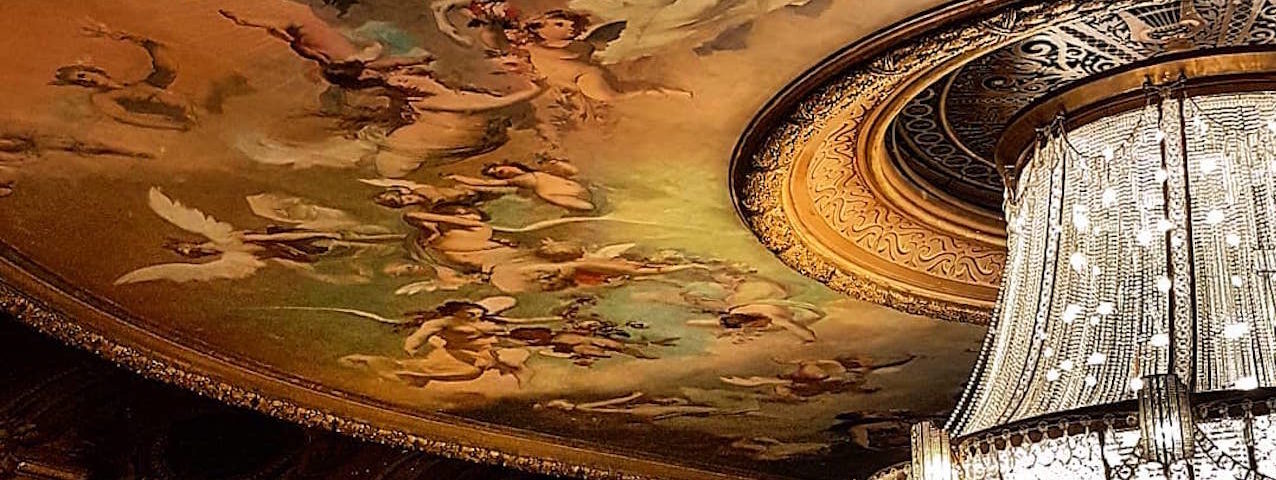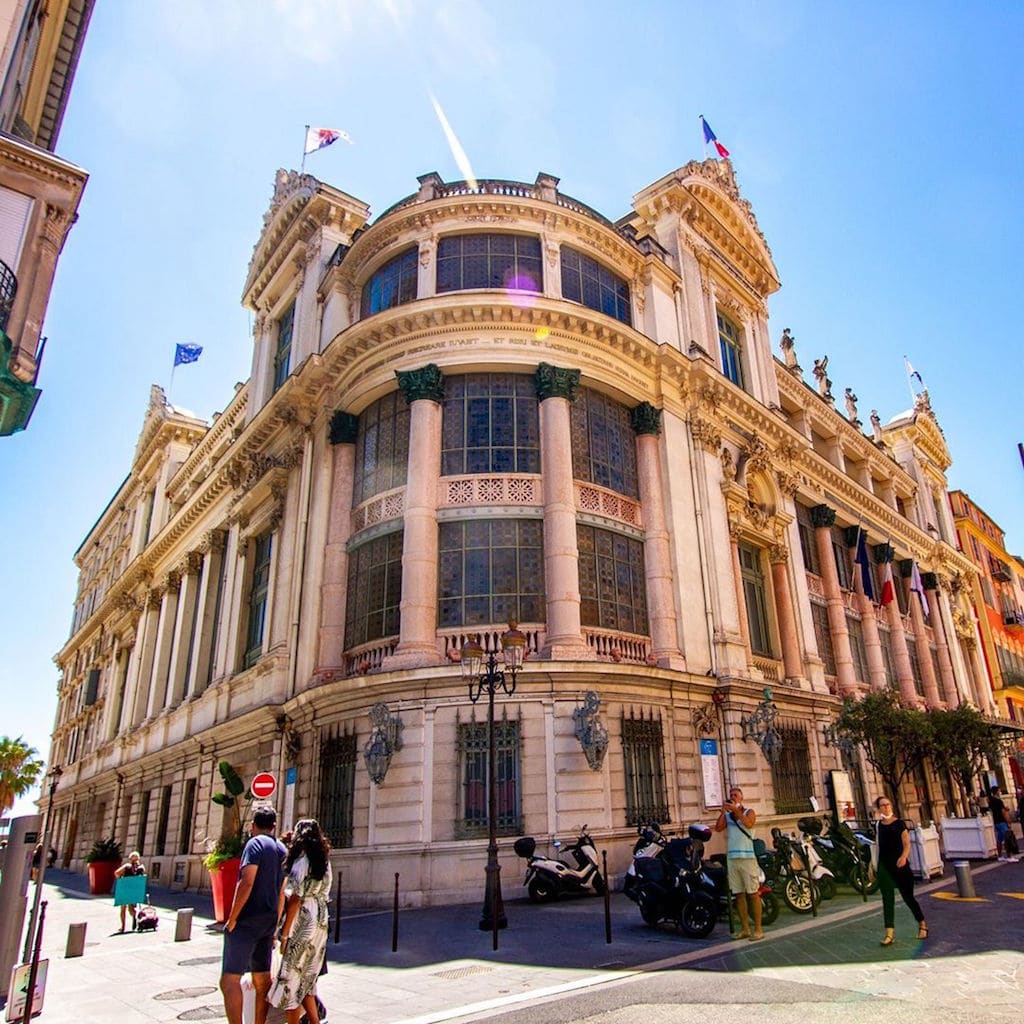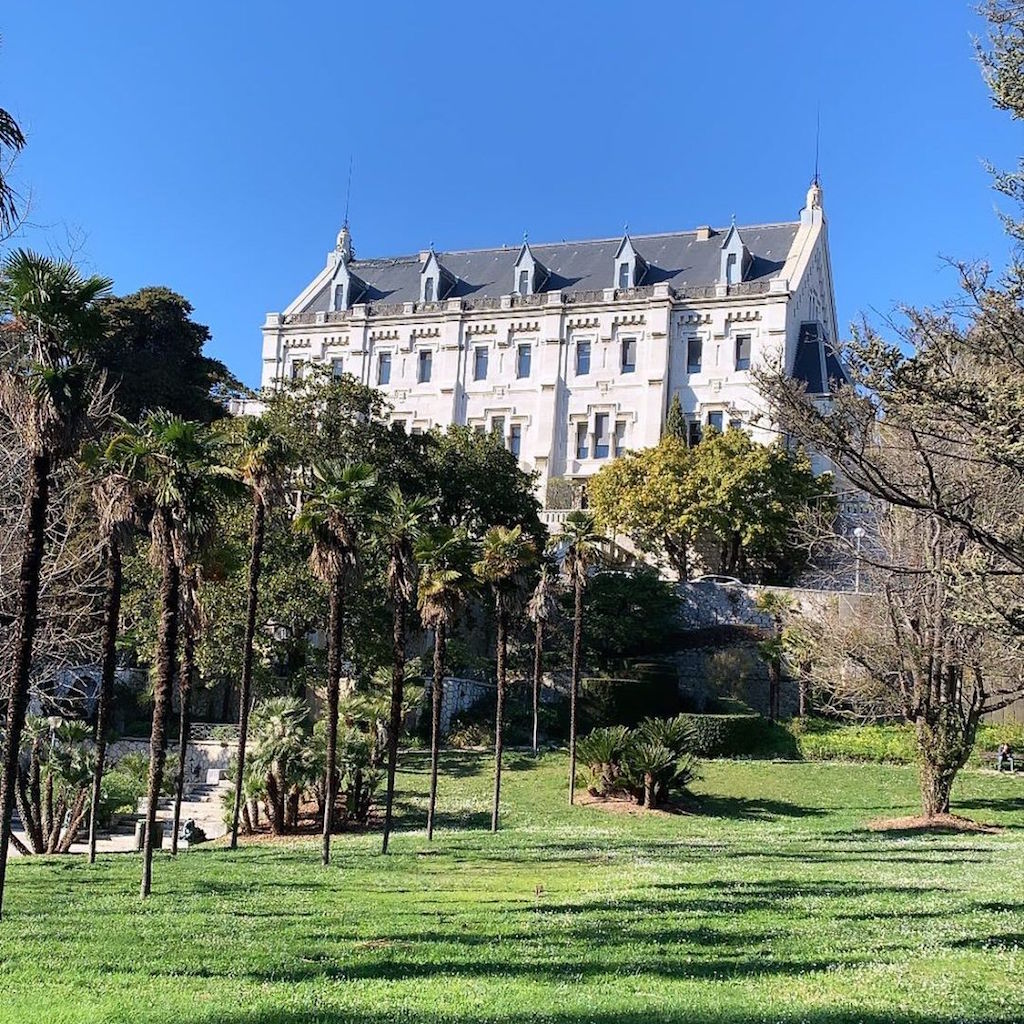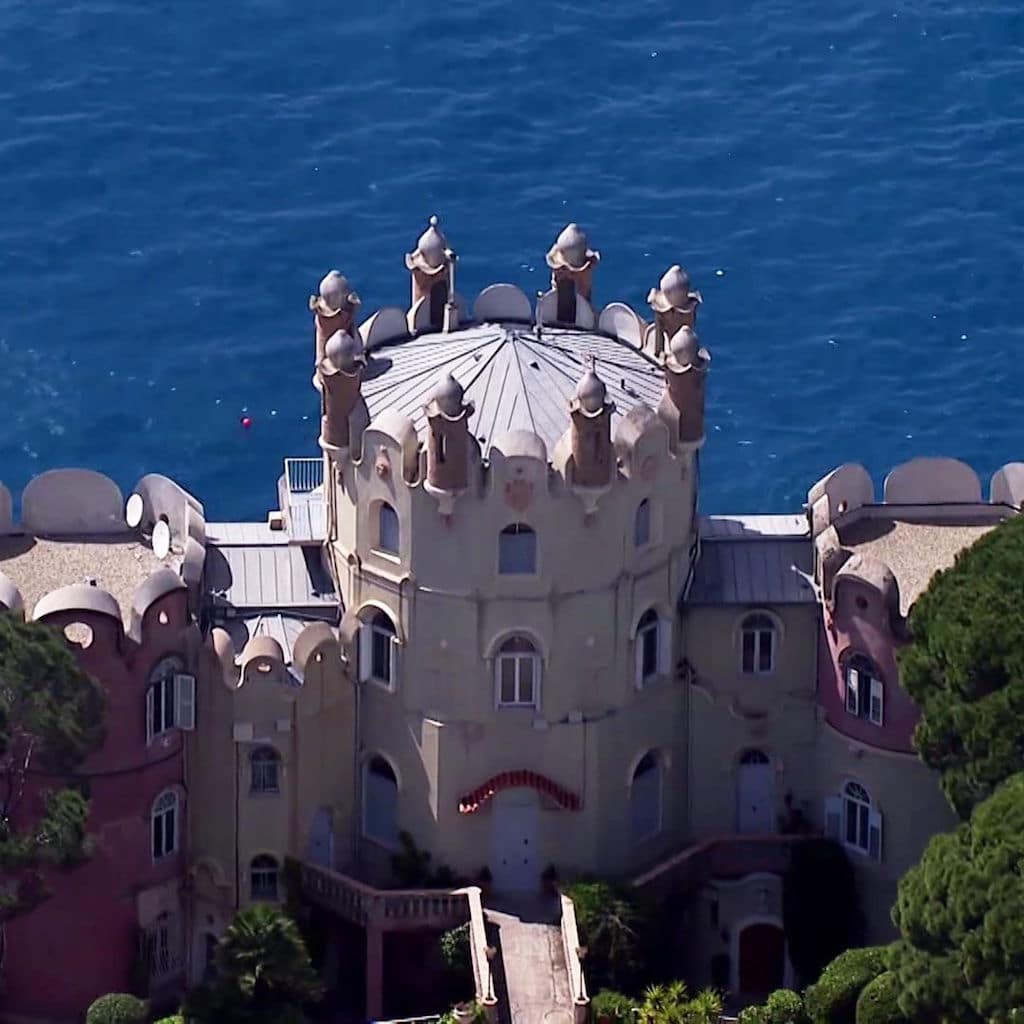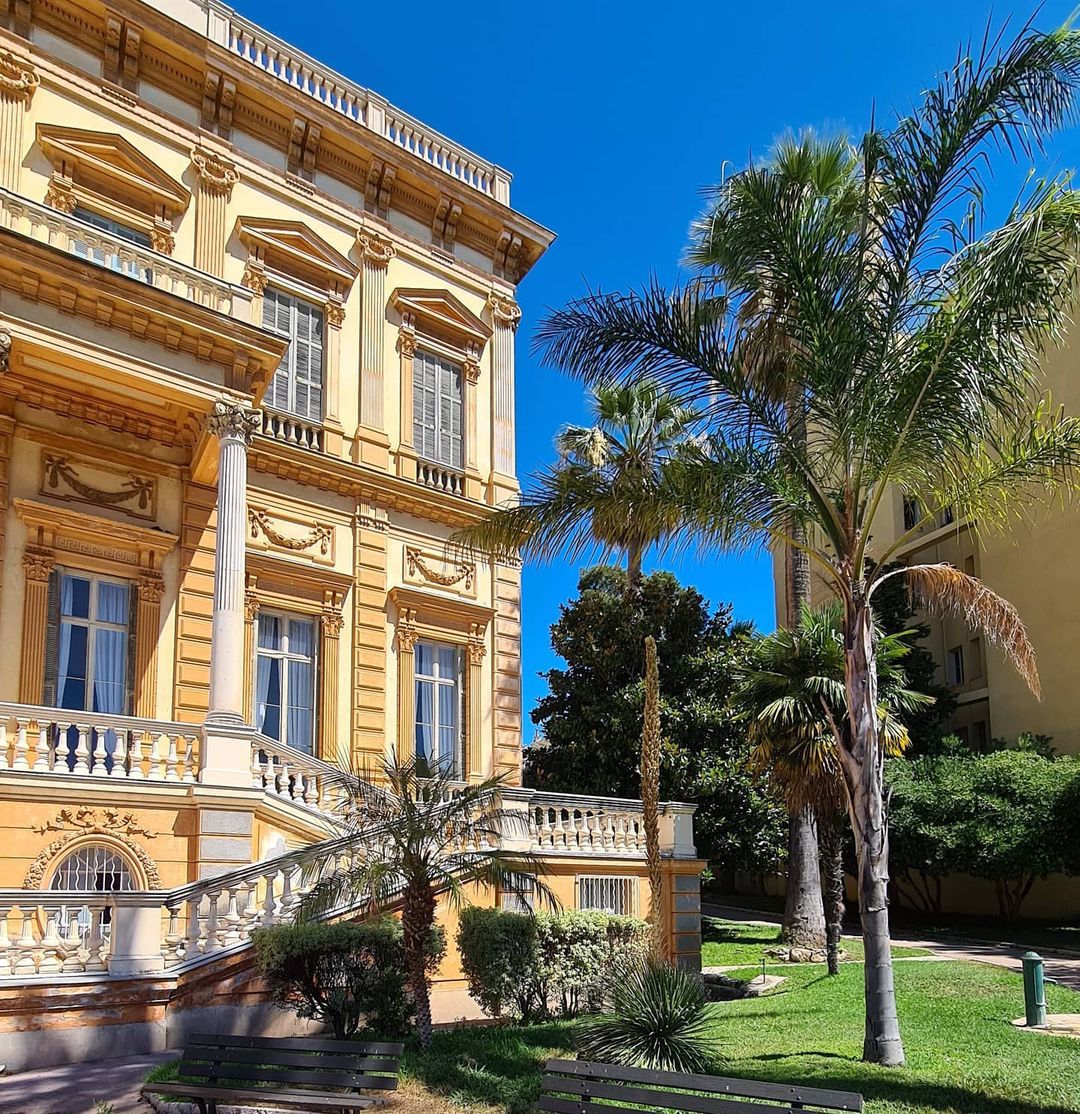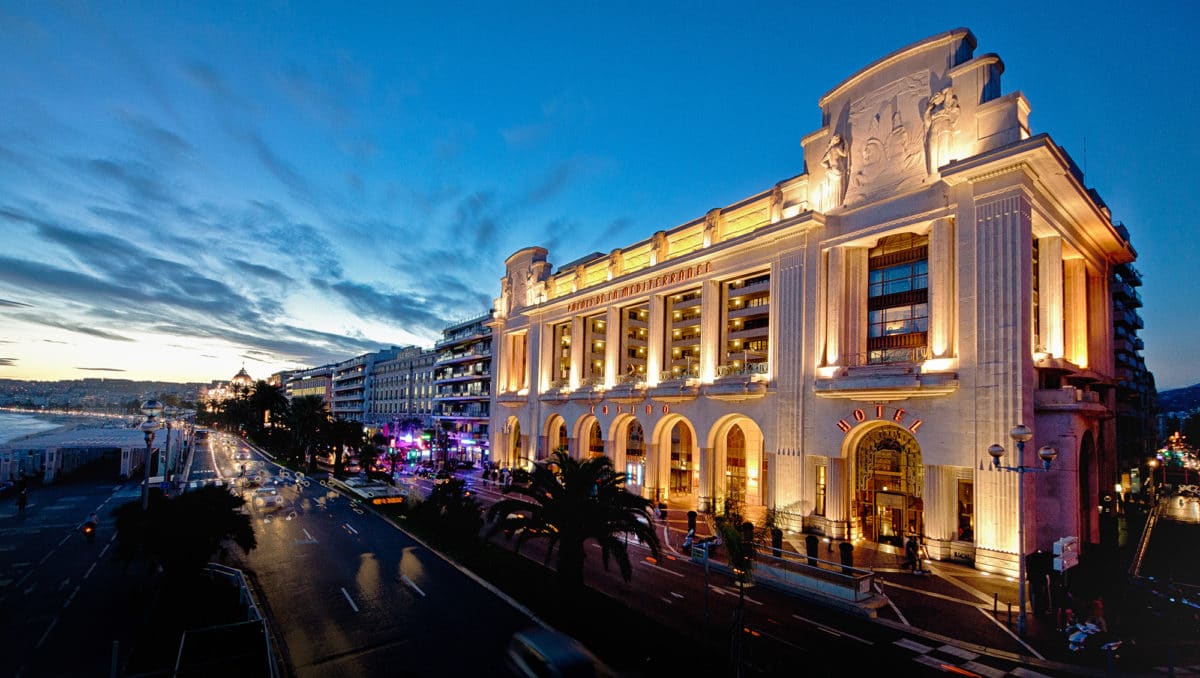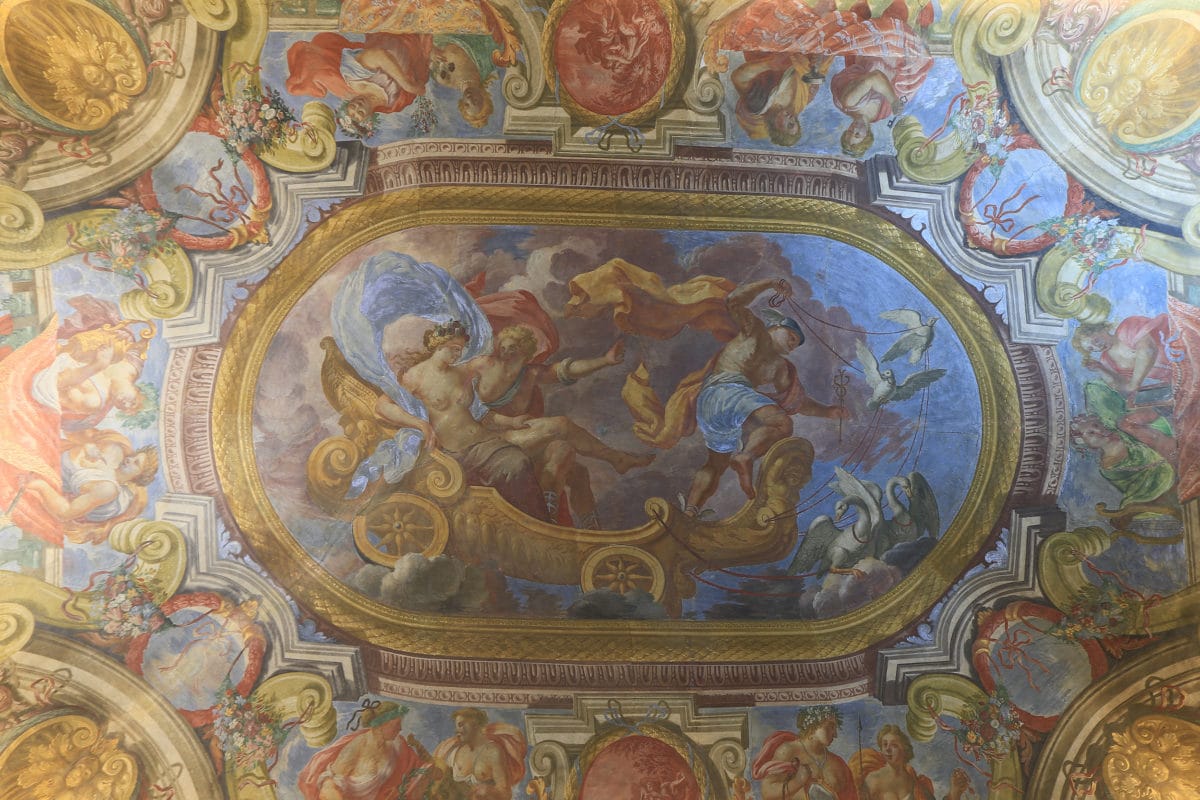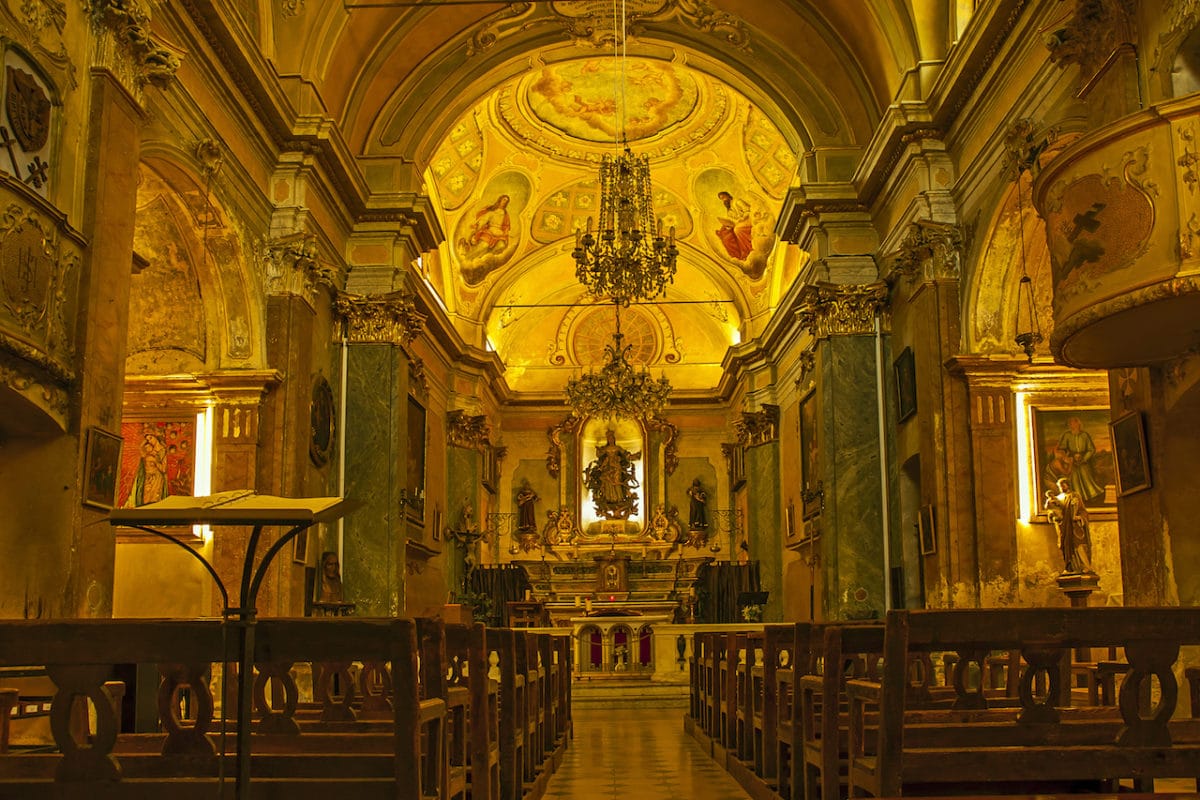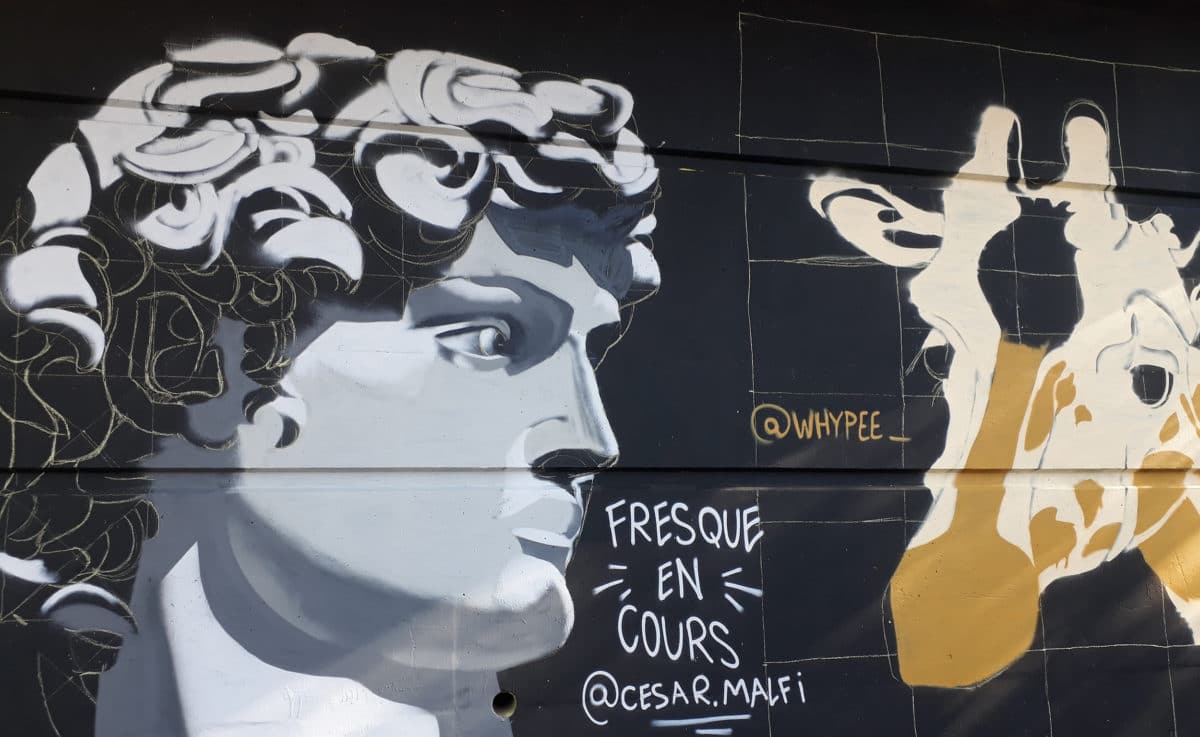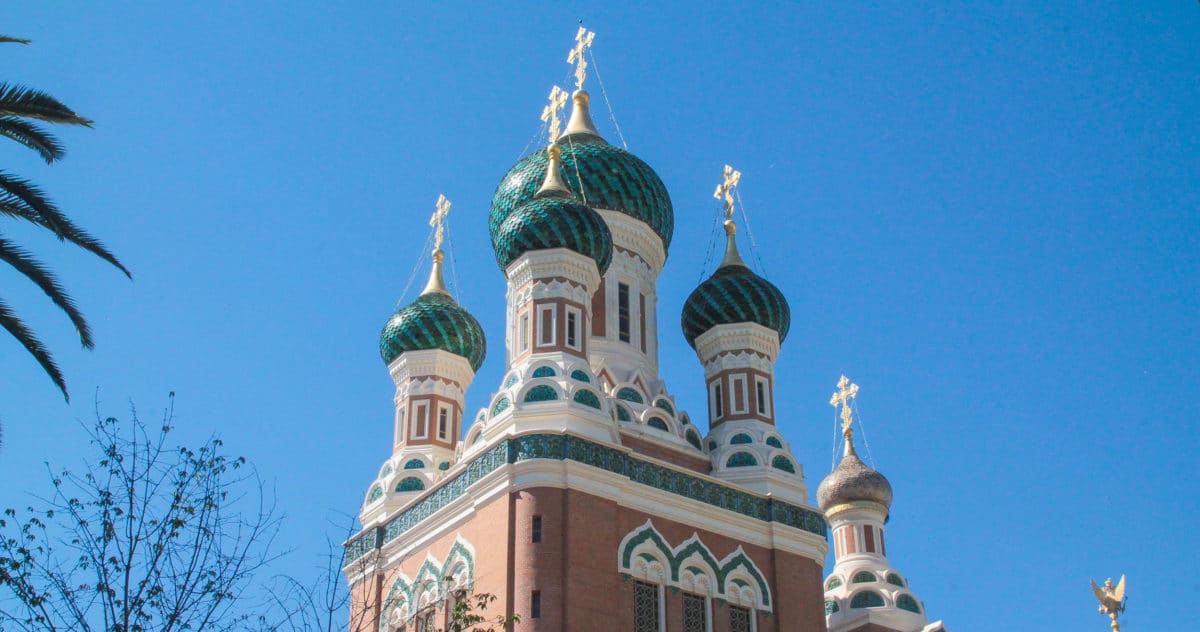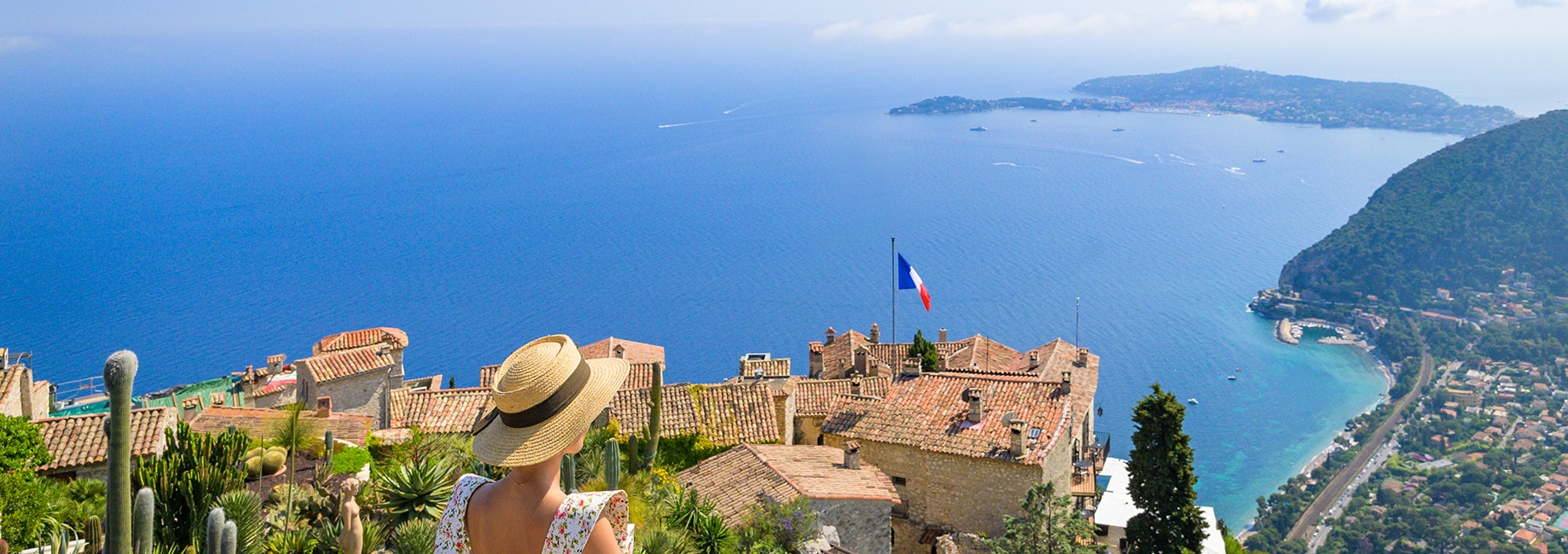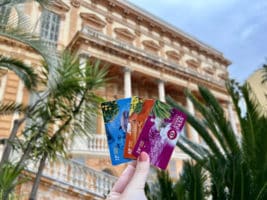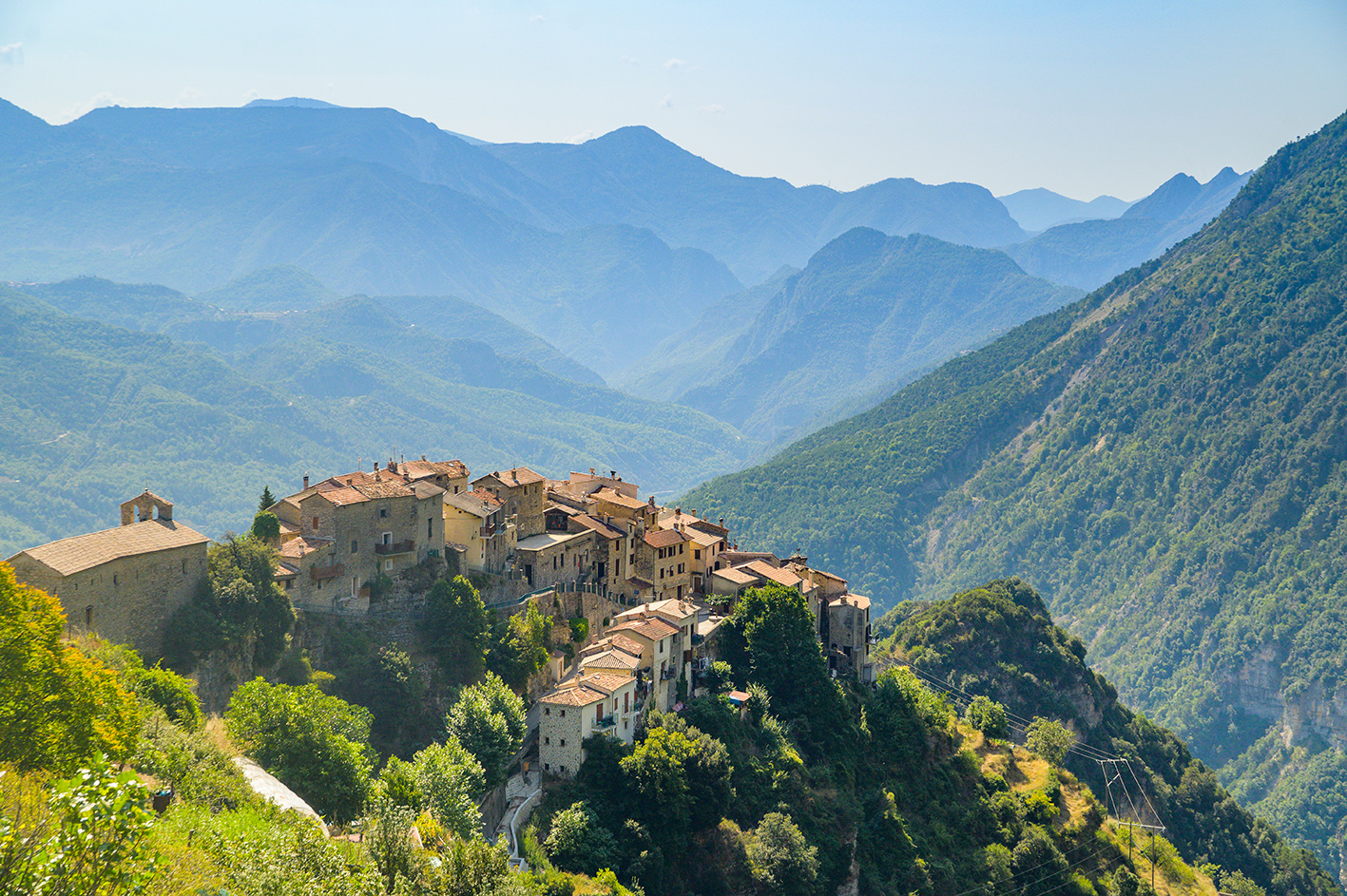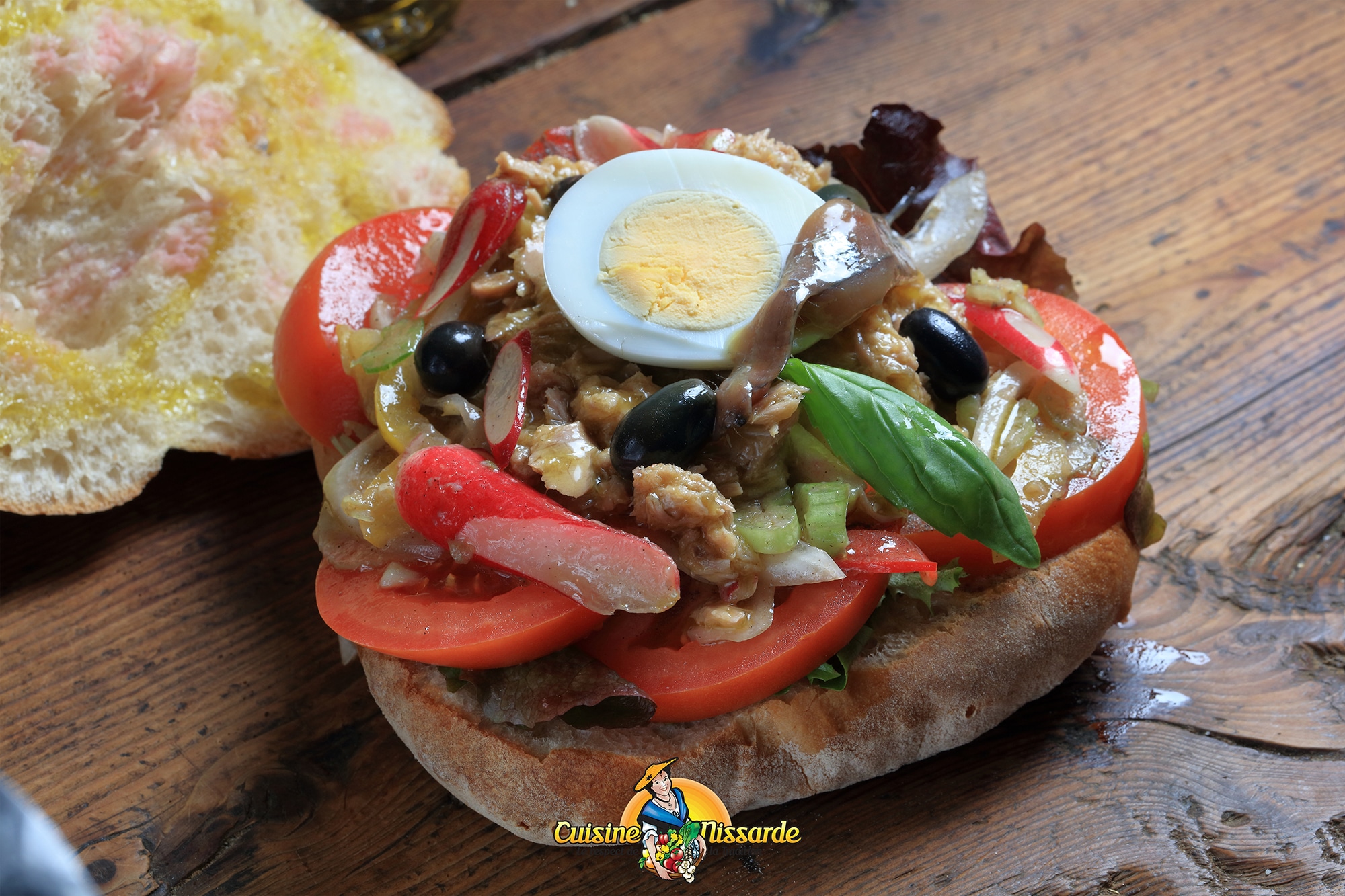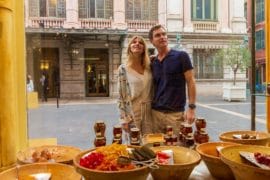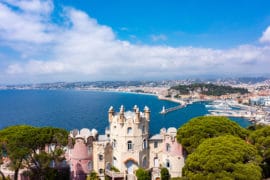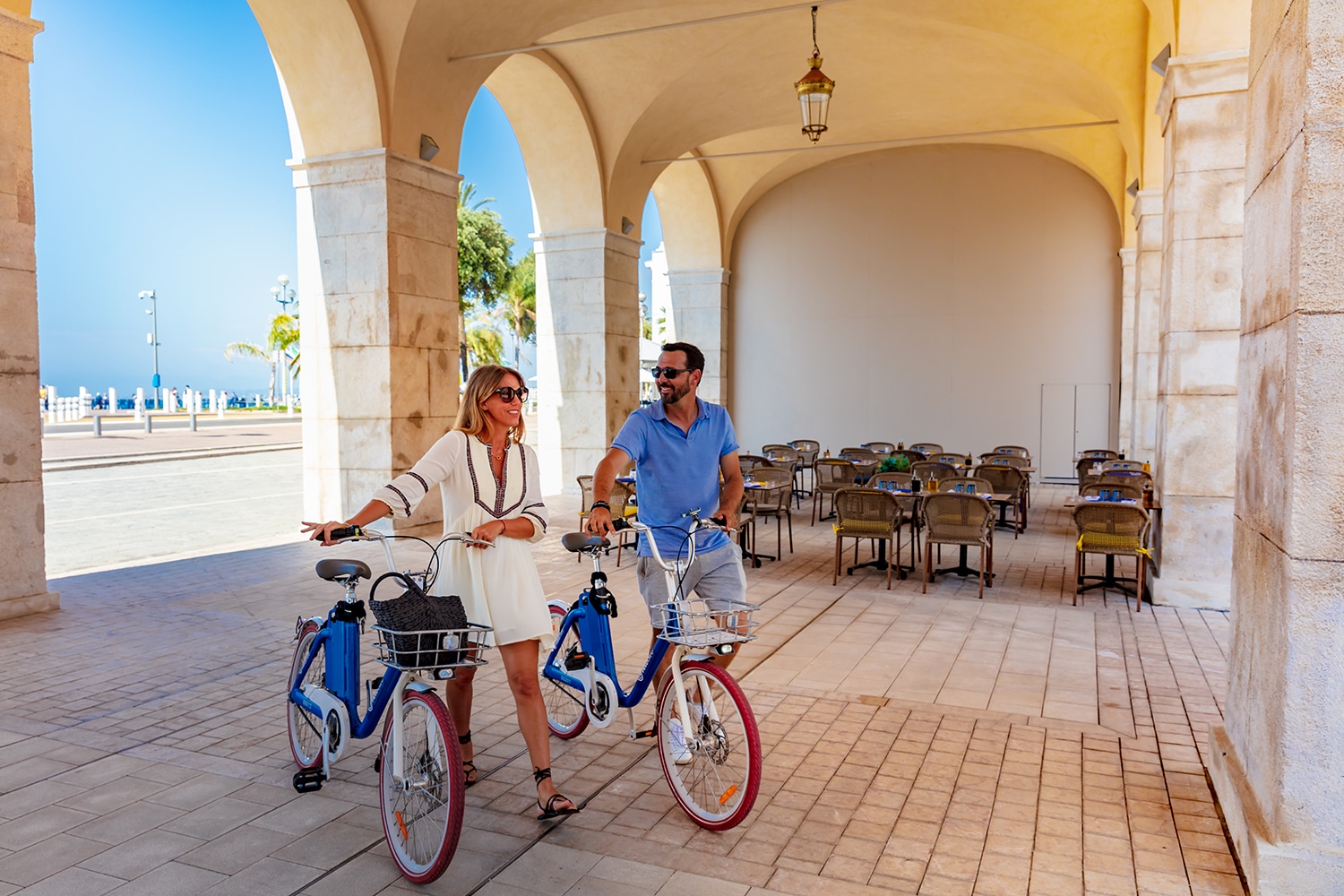Nice and the Belle Epoque
1 September 2023
Nice is a multi-faceted city. I have always admired its ability to combine, more than the others, present in the architecture but also, and above all, in the hearts of the people of Nice. The Belle Epoque shaped the city in its own image and you will find proof of this glorious period around every corner.
It all began in the time of the great Jane Austen or the Brontë sisters. The golden youth of the British upper middle class accomplished long journeys to perfect their education, the Grand Tour. Discovering the Côte d’Azur on the road linking London and Turin, travellers noticed its mild and sunny climate, contrasting with the rainy and cold winters of England. Winter tourism was born. The small fishing town that was, then, Nice was transformed by the appearance of villas, palaces, hotels, all more richly decorated and each more original than the other. A real fashionable destination for the European aristocracy was born. And if the Negresco is the jewel in the crown, other buildings are just as worth the diversion. Come on board with me for the “Grand Tour au temps de la Belle Epoque!”
1 – A palace for the Queen
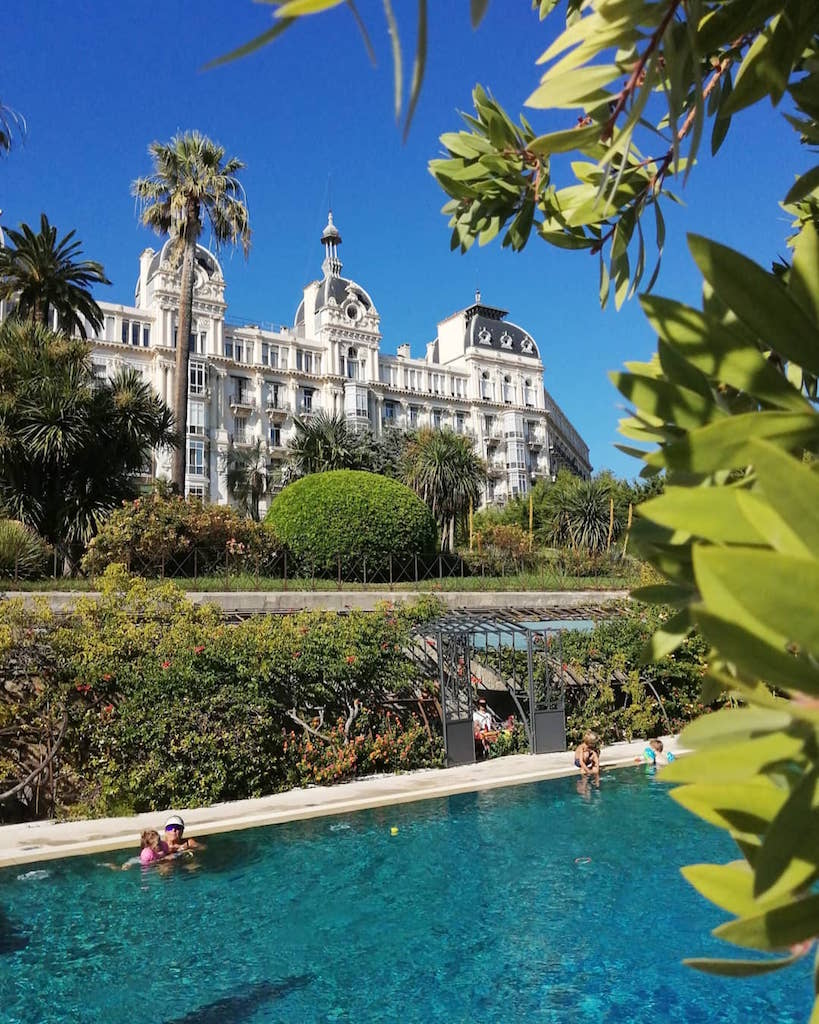
As more and more villas appeared, the hotel craze began. Promoters invested the hill of Cimiez for its magnificent 360° panoramic view mixing sea and mountain. Queen Victoria, spending all her winters in Cannes, Grasse or Menton, fell in love with Nice. But her stay at the Grand Hôtel de Cimiez did not go according to her wishes. Two promoters, owners of land in Cimiez, took up the challenge to build a hotel for her, meeting all her requirements in terms of comfort and modernity, against her promise to make it her permanent winter residence. And the gamble paid off when, in 1887, only two years later, the Excelsior Régina Palace was inaugurated. This competition created one of the most beautiful palaces in the city.
Queen Victoria spent three winters there. She held many receptions, inviting her dearest friends such as the Empress Eugenie, the imperial couple Francois-Joseph and Elizabeth (better known as Sissi), and King Oscar of Sweden. A procession of crowned heads, all conquered by the grandeur and beauty of the building.
And we understand why! With a surface area of 6,260 m2 spread over six floors, including the attic, the building has a 149-metre long façade. Its architects, Sébastien-Marcel Biasini and François-Félix Gordolon, even collaborated with a certain Gustav Eiffel to create the crown covering the Queen’s appartments.
Even today, one can still admire the accumulation of several ornaments such as stucco relief veneers, vertical oriels, also known as bow-windows – my favourites! – the domed attic or glass canopies. Everything that characterises Belle Epoque architecture is represented here, giving the hotel a luxurious and elegant spirit. I dare not imagine the excitement around its monarchs when they came to this mythical Hotel.
After the crash of the stock exchange, the various wars, the hotel was transformed into appartments, a fate that many other buildings suffered. The building has been listed as a Historical Monument since 1992.
If you still have a little time left after admiring this majestic creation, take advantage of the opportunity to stroll along Boulevard Cimiez between the mythical buildings, each competing in charisma and beauty, in search of YOUR Belle Epoque favourite. A real journey through time, you could almost hear a waltz by Johann Strauss floating in the air…
3 – Castle Masséna High School
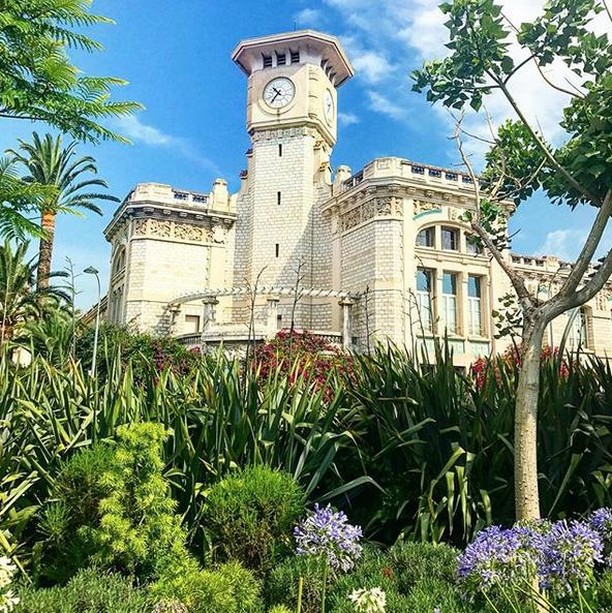
Who has never dreamt of studying in a real castle? An imposing building with an architecture full of majesty, with detailed decorations, as original as they are unique? A setting worthy of a fantastic film, and yet not so imaginary. The Lycée Masséna is a treasure trove of Belle Epoque architecture, situated on the Promenade du Paillon, and has been listed as a Historic Monument since 2017.
Originally, the building was none other than the Convent of the Augustins Déchaux, which the revolution transformed into a Central College for boys. It became the Imperial High School under Napoleon, then the Collège Royal when Nice was taken over by Sardinia and was the place where the Treaty of Turin was signed, which definitively attached Nice to France. A place steeped in history, therefore, which was rebuilt in its present form between 1909 and 1931, the date of its inauguration.
Its architect, Henri Ebrard, surpassed himself in his creation: sculpted stones, mosaics, coloured ceramic motifs, ironwork and so on. Not to mention the openings and the interplay of roofs, the multiple bodies of buildings and the overall symmetry that give it an airy and elegant appearance. But it is above all its tower and the clock which surmounts it that stand out. On its dial is inscribed the motto of the school “Horas ne numerem nisi serenas” – “I wish to count only the happy hours”. Such a beautiful motto…
The Lycée welcomed great figures such as René Cassini, one of the authors of the Universal Declaration of Human Rights, who was also awarded the Nobel Peace Prize in 1968, many writers, the aviator Roland Garros, the painter Yves Klein, and many others. I would come to believe that his benevolent aura influenced the destinies of the many students who passed through its corridors.


